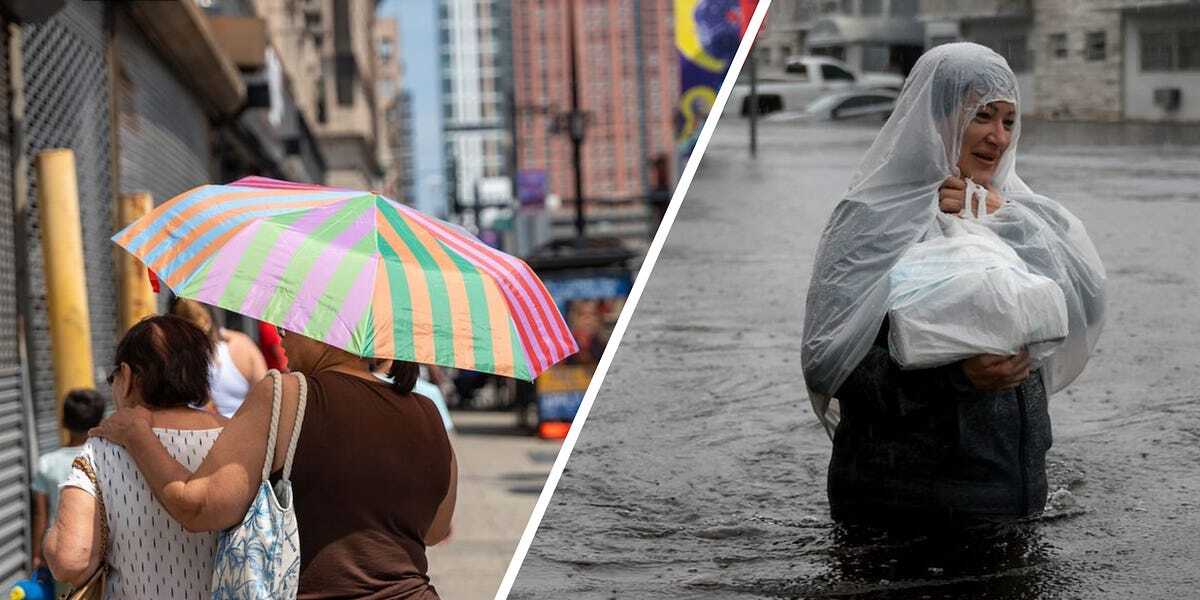

God.fucking.dammit.
When these two debates were announced, I knew it was going to be fucked up, but NO. Oooh he’s got to debate! He’ll show everyone how bad trump is! He needs to do it to help the undecideds!
Fucking insane gibberish of a person who learned NOTHING from 2016. We got away with it in 2020 on the sheer novelty of an adult, a representative of government, telling trump to shut the fuck up. Now that was good tv. But it was a one-off.
And now look at this shit. These fuckheads who can’t wait to elect trump are all up in here going “ooooh noooo Biden’s so bad he’s making us have trump be elected!1!!”
Goddammit. The fucking “Operation gENoSiDE jOe” wasn’t gaining enough traction so THANK FUCK a bunch of Harvard MBA fuckups roundly decided Joe should stand on stage with a demented socopathic rapist who is functionally incapable of telling the truth and, y’know, give folks in the rural areas a little of the ol’, y’know, compare and contrast! What a goddamned brilliant idea. Hey! Let’s do it twice! Yeah! We are soooo smrt.
Son of a fucking bitch, now we have to watch this garbage-truck-off-a-cliff-in-slow-motion for probably the next three months while all the Li’l Che Guevaras pile in every thread like clowns in a decrepit, backfiring bus, farting and defecating the same pointless key phrases over and over.
DNC, you fucked up again because you refuse to understand how media works. Trumps out here kicking in windows and laughing and you guys are faxing press releases to republiQan-run news organizations and hoping their spin isn’t terrible. Christ in a bucket.




















We’re gonna have to share that list, I still had a bunch of unblocked people in here.